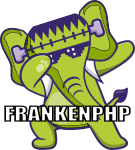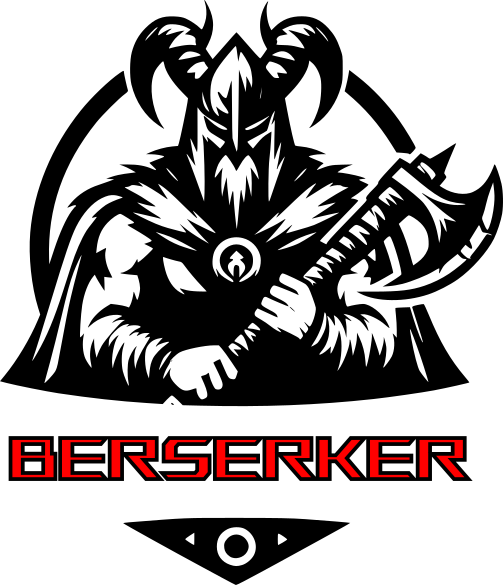HTML inline elements
HTML inline elements are those elements that are displayed inline by default (display: inline). In some cases, some of these elements may also come with the default value inline-block, depending on the browser we use, which we will indicate for each element that this can happen.
<a>
The anchor element, this element, serves to create a link or hyperlink to another web page.
<abbr> y <acronym>
The abbreviation element, typically indicates an abbreviation within a paragraph where everything between <abbr> and </abbr> will be the abbreviation.
The use of <abbr></abbr> is also recommended for acronyms.
<b> y <strong>
<b> indicates bold lettering, <strong> is very good for emphasizing the part of a text that has strong importance, it also makes the letter bold, and in this case the use of <strong> is recommended.
Everything between <b></b> or <strong></strong> will be bold by default.
<bdo>
<bdo> changes the text direction to right-to-left. This is how text is read in some countries. These countries include Saudi Arabia, Algeria, Egypt, United Arab Emirates, Iraq, Jordan, Kuwait, Lebanon, Libya, Morocco, Somalia, Sudan, Tunisia, Yemen, Djibouti, Palestine. Also occasionally Japan and China.
<br>
Generates a line break. This tag does not require a closing tag </br>, this tag is written as follows: <br/>.
<button>
Creates a button on the screen, unlike input, you can put images inside and perform some more actions.
<cite>
With this tag, you can quote a text or a specific author. Let’s see an example:
<cite>cita del autor</cite>
<code>
Indicates that the text is code, being the text that is found between <code> and </code>.
<dfn>
It is a term that you want to define, for example,
<p> <dfn>AJAX</dfn> (de las siglas en Inglés Asynchronous JavaScript And XML ) es una práctica de programación utilizada para construir páginas web más complejas y dinámicas, utilizando una tecnología conocida como XMLHttpRequest (en-US). <p>
<em> y <i>
The <em> tag is used to give semantic emphasis to a text, indicating that it has special emphasis. The <i> tag is used to style text, specifically to display italic text.
Both tags can have a similar visual result (italic text) but are used for different reasons and have different semantic meanings.
Example
<em>énfasis en un texto</em>
<i>texto cursivo</i>
<img>
With <img> we can display an image in the browser. Example:
<img src="miimagen.png" alt="una imagen" />
<input>
<input> creates an input for forms. These inputs can be of various types: text, checkbox, radio, submit, search, button, etc.
<kbd>
represents the text that is to be entered via the keyboard. For example, control + L will display something like this control + L. Of course, the kbd tag on our page is modified with CSS.
<label>
<label> represents a visual label for a user interface element.
<map>
<map> allows us to create a clickable map for an image. This map allows us to create clickable regions within the image. These regions can be created within the map using the <area> tag.
<object>
This element will represent an external resource.
<output>
The <output> tag is used to display the output or result of running an app.
<output>Resultado de correr la aplicación</output>
<q>
<q> is a tag used to make a quote in a line of text.
<samp>
<samp> is the tag used to return a sample of what is obtained from a program.
<samp>output de un programa</samp>
<script>
<script> is generally used to place code from a scripting language such as PHP, JavaScript, or Python, but it is generally used and was specifically created to use JavaScript within this tag or to load JavaScript scripts.
<select>
<select> represents a control that displays a menu of options. This tag indicates when this control starts and ends, and with the <option> tag, we can define each option.
<small>
The <small> tag is used to reduce the size of the text
<span>
<span> is a tag that is commonly used to apply styles or to group several inline elements.
<sub>
The <sub> tag is used to display text in subscript, that is, lower than the normal text and with a smaller size. This tag is commonly used in mathematical, chemical, and scientific expressions to show exponents or indices. It should not be used for stylistic purposes only, but should have semantic meaning in the context in which it is used.
Example of using the <sub> tag:
Puedes verlo como si fuera subindex
<sup>
<sup> displays text above, just like in the previous element, this tag should be used with meaning, for example in a mathematical equation y=x2 in HTML we could write it this way
<p> y=x<sup>2</sup></p>
<textarea>
<textarea> creates an element where we can enter a large amount of text, unlike <input type="text">. <textarea></textarea>
<time>
<time> although it is not a very commonly used tag, we can use it to specify a time.
<var>
The <var> tag is used to define a variable in an HTML document.





